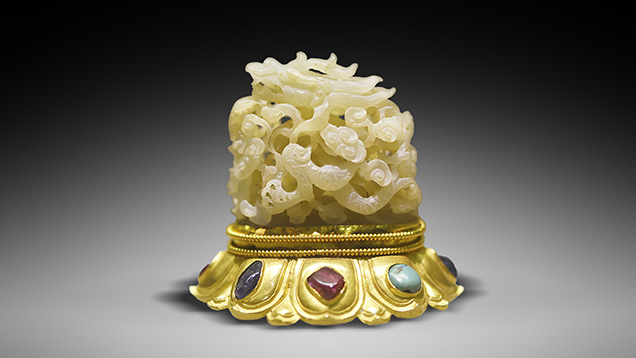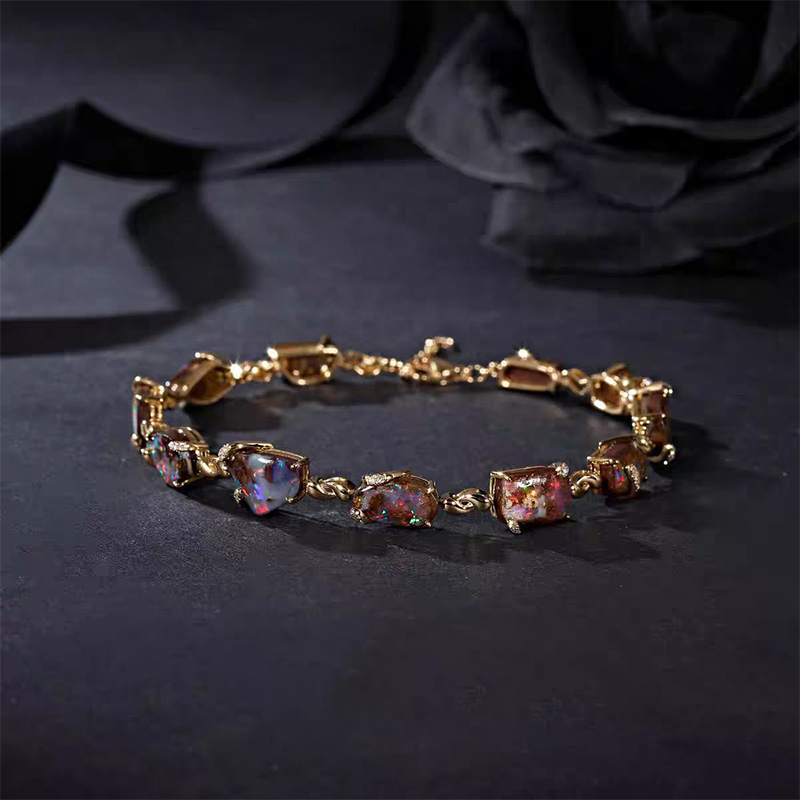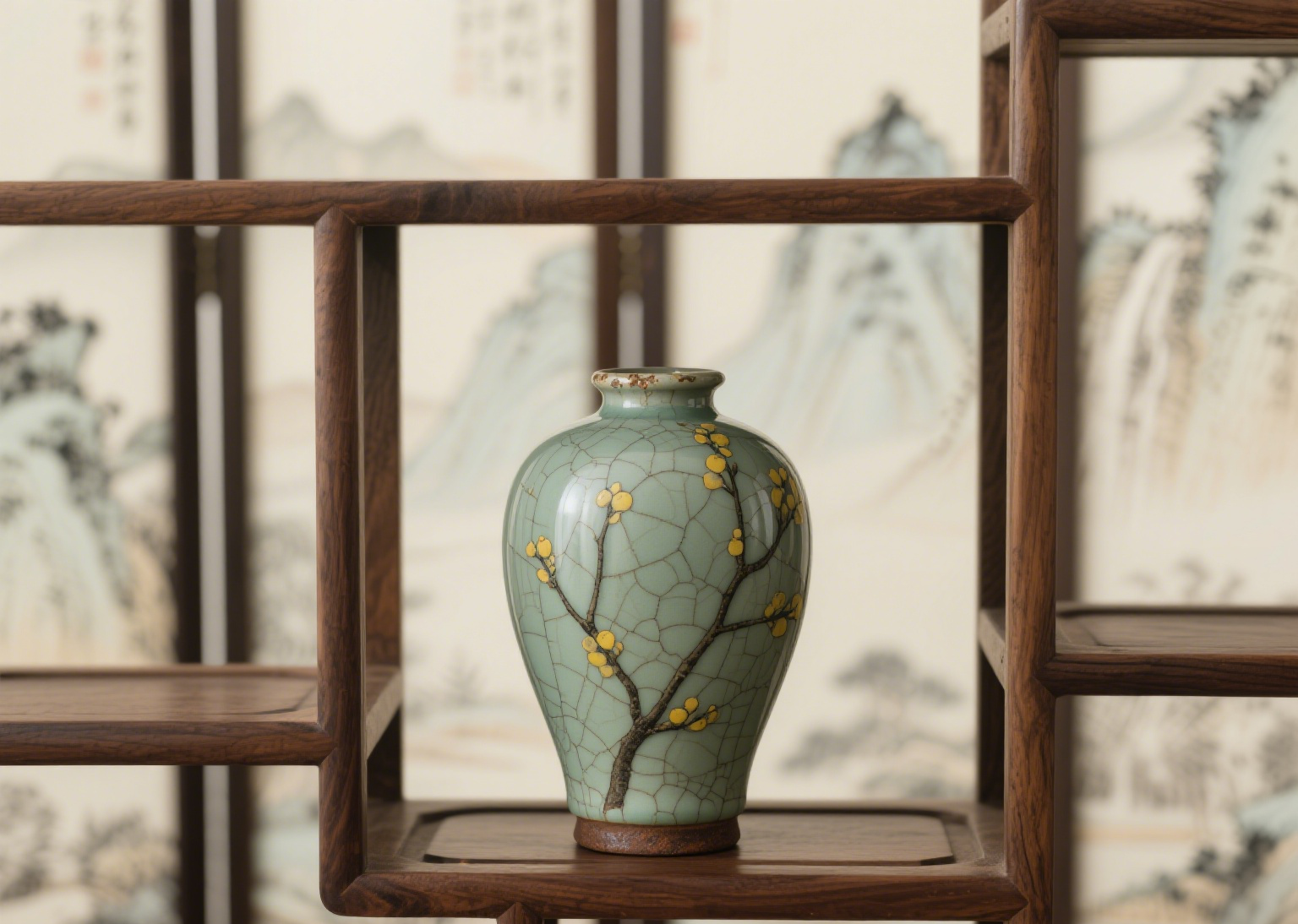Since ancient times, jade has been more than just a mineral—it has represented belief, virtue,…
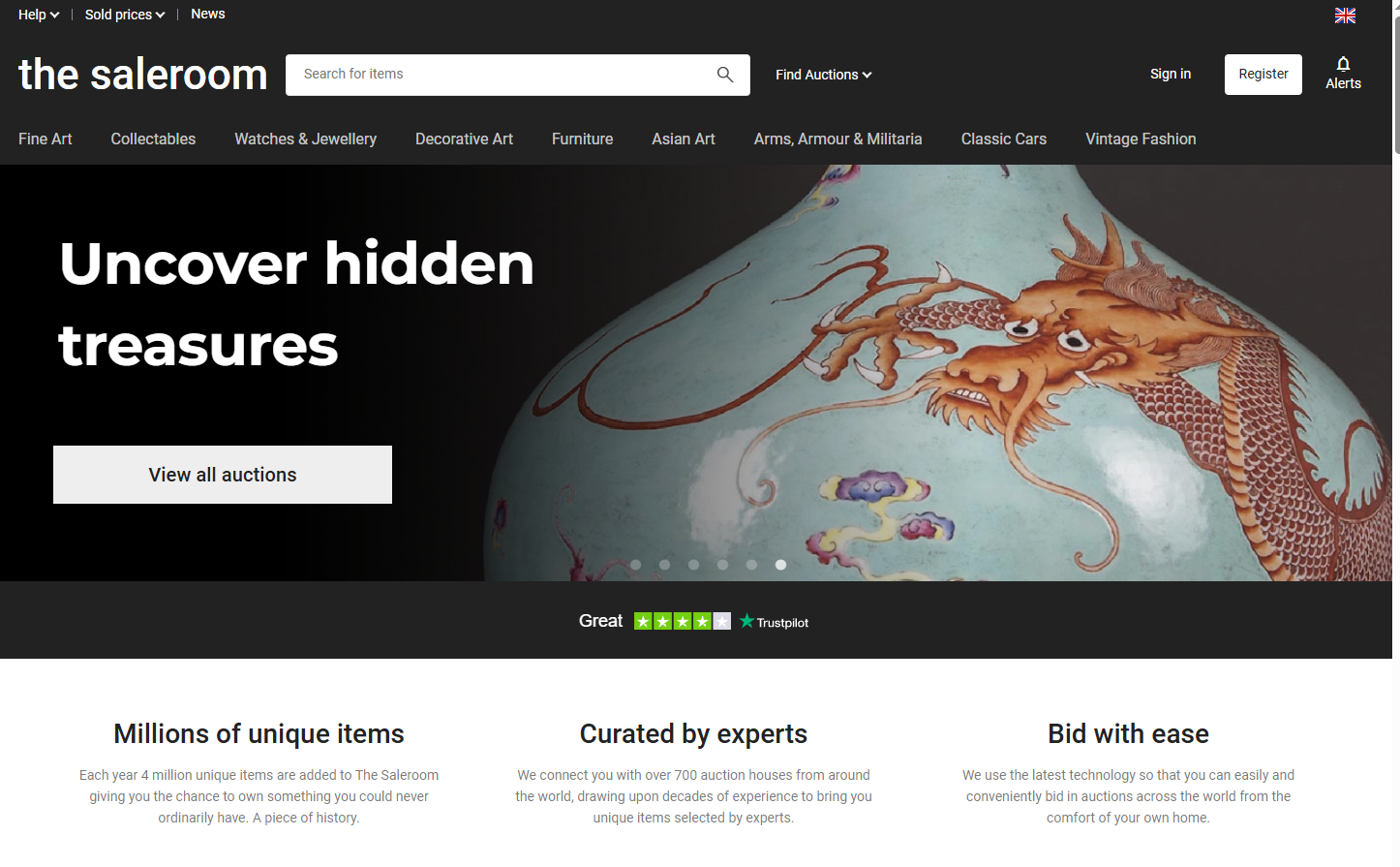
Art Auctions in a Global Perspective: Trends, Cultural Identity, and Market Dynamics
Over the past decade, the global art auction market has undergone a dramatic transformation. From record-breaking sales at Sotheby’s in London to Christie’s digital overhaul in New York, and the rapid rise of Asian hubs like Tokyo and Hong Kong, auctions have evolved beyond mere transactions of artworks—they have become key windows into cultural identity, value restructuring, and the flow of capital.
1. Digitalization Pushes Auctions Beyond Borders
Auctions are no longer the exclusive domain of wealthy collectors in physical rooms. Online auction platforms such as The Saleroom in the UK and Invaluable have enabled anyone with an account to participate in auctions worldwide. With bidding processes, live auctions, and complete lot information made fully accessible online, transparency and real-time engagement have increased user retention and significantly expanded the market’s geographic reach.Many small and medium-sized auction houses have gained unprecedented exposure by connecting with international platforms. Artworks that were once limited to local markets can now spark bidding wars among collectors in New York or Berlin. This kind of “digital expansion” has turned auctions into a bridge for cross-cultural exchange.
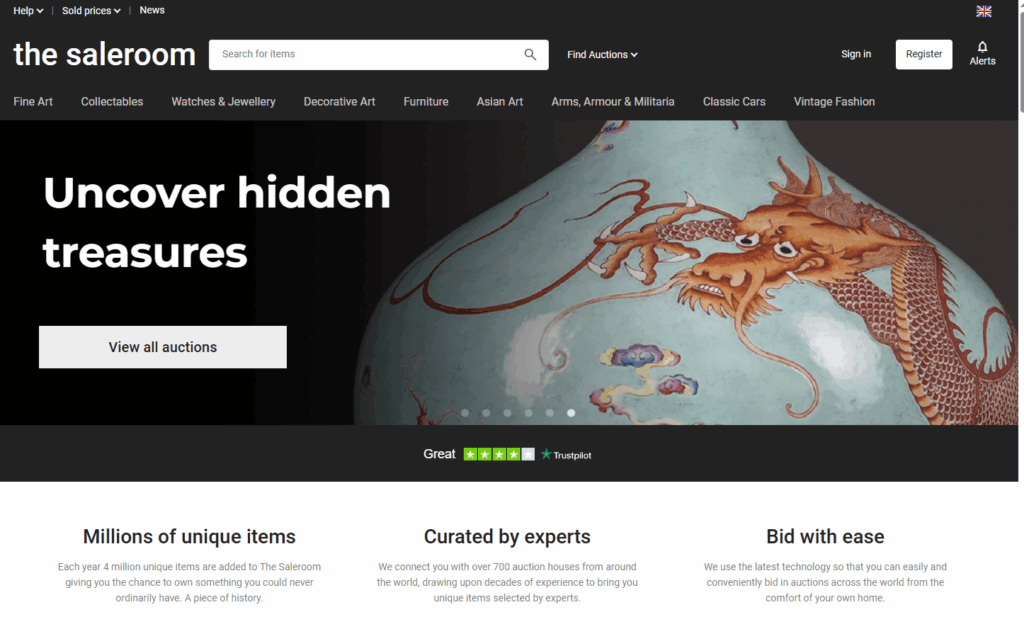
2. The Global Appeal of Japanese Art
Traditional Japanese art—represented by ukiyo-e, tea ceremony utensils, ink painting, and ceramics—continues to gain momentum in the international collectors’ market. Overseas collectors hold deep admiration for Japan’s visual aesthetics: clean lines, serene compositions, and meticulous craftsmanship.
Ukiyo-e in particular is not only a cultural symbol of Japan but also a classic icon in the history of visual communication. For example, The Great Wave off Kanagawa by Katsushika Hokusai is both a work of art and a vehicle for brand identity and cultural symbolism.
From Christie’s to Bonhams, the frequency and hammer prices of Japanese artworks have steadily risen year by year. In the auction room, the fierce competition reflects not only the artistic value but also a recognition of cultural identity and the role of Japanese aesthetics in the global visual system.
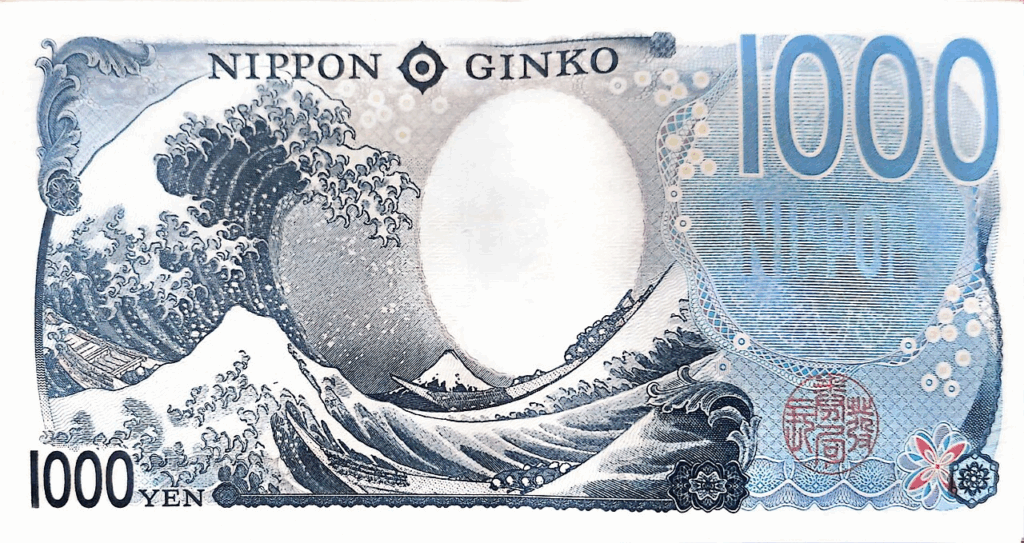
3. Auctions Are Not Just Transactions—They Are Cultural Flows
Behind every auction lies the global flow of cultural capital and the reconstruction of cultural identity. The high price of a lot often depends not on its material, but on the historical memory and collective symbolism it carries. For example, a piece of Meiji-period lacquerware with a well-documented provenance and exhibition history can fetch several times the price of similar items.
International collectors are increasingly sensitive to the “story” behind an object—they are willing to pay a premium for works with cross-cultural experiences. This trend is also pushing auction houses to invest more in catalog production, provenance research, and exhibition-based marketing.
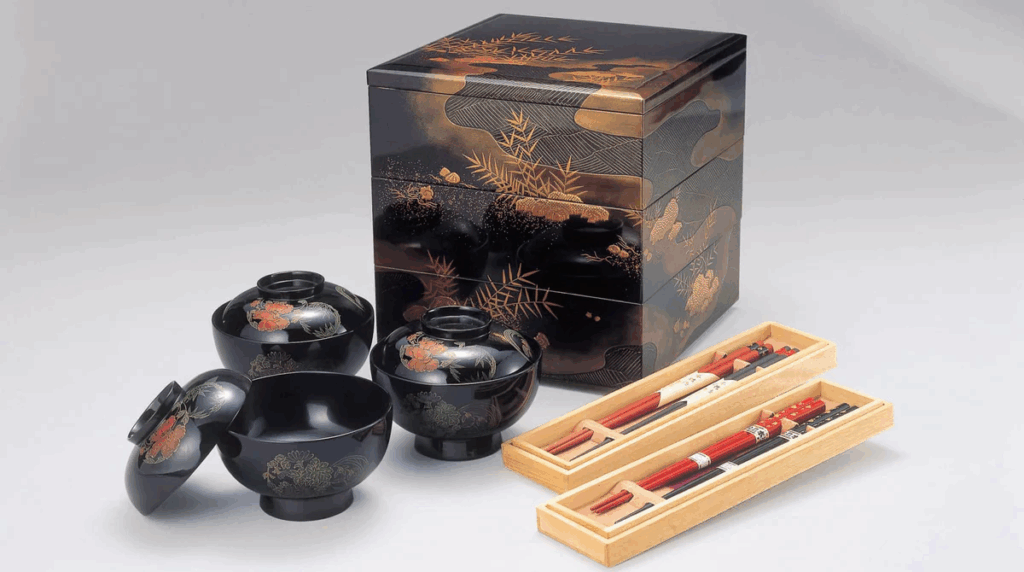
4. Collecting Trends: “Eclectic Mixing” and “Local Value”
Modern collectors—especially the younger generation under 40—are no longer confined to a single category. Paintings, furniture, installations, photography, and even fashion accessories are often presented together in the same session. Aesthetic crossovers, material fusion, and stylistic leaps have become a noticeable trend. This shift is also reshaping the structure of auctions—many houses no longer categorize by “ceramics” or “paintings,” but rather curate themed sales under titles such as “Contemporary Eastern Aesthetics” or “Cross-Cultural Dialogue.”
At the same time, regional cultural values are being rediscovered. For example, rural crafts from southern China, pottery from northeastern Japan, and antique furniture from Korea are gaining popularity for their “authenticity” and “non-urban context.” This move toward “localization” creates a subtle tension with globalization and is emerging as a new focal point in the future auction market.
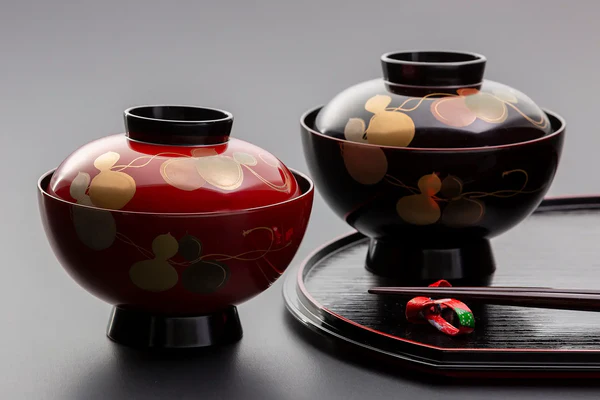
5. The Changing Role of Auction Houses
From information providers to market leaders, from transaction facilitators to cultural communicators, auction houses are transforming from “intermediaries” into “storytellers.” The future of successful auctions will not only be a competition of high prices but also about who can tell the most compelling art stories.
Major auction houses are actively training curator-style auctioneers who combine market sensitivity, historical knowledge, and narrative skills. This blend of “professional curation + emotional connection” is becoming the new norm in high-end auctions.
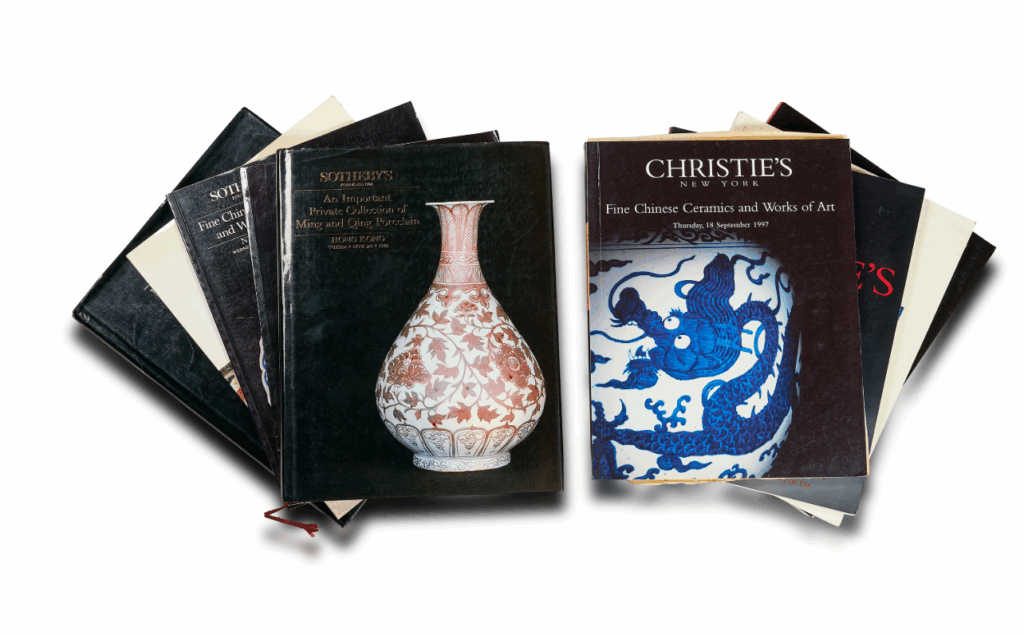
Auctions are no longer just market transactions; they have become arenas for global cultural capital. They carry visual identity, historical emotions, consumer trends, and the construction of identity. Whether it’s The Great Wave off Kanagawa or a Republican-era seal, each tells a story that transcends geography and time.
In the future, whoever understands these cultural codes will hold the pulse of the art market.

